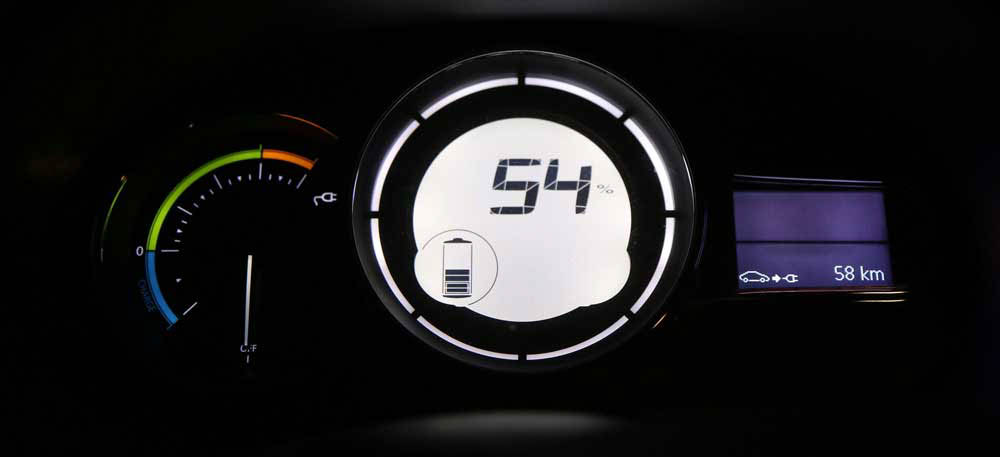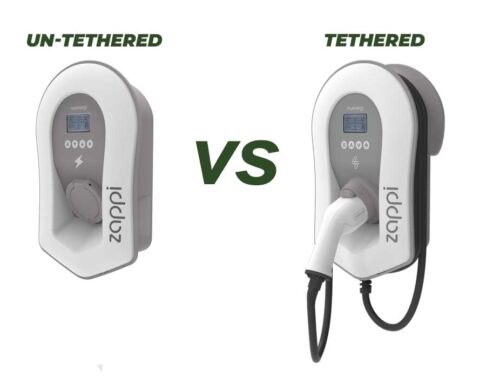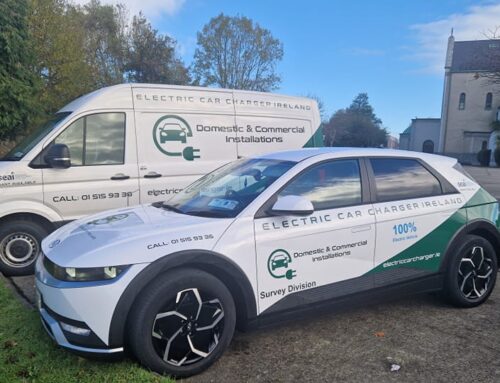Well, what happens when your EV runs out of power? When you go out on the road, it is always wise to ensure you have the fuel or power required to get you to your destination. Whether it is topping up the petrol in your fossil-fuel-powered vehicle or ensuring your battery is charged in your electric vehicle, being prepared is important.
But there is always a chance you will forget, need to drive further than expected, or just experience some bad luck.
Now that electric vehicles, which can avail of an electric vehicle home charger grant, are becoming more popular, it is important to be aware of what happens when they run out of power. Many people assume that they can just plug them into any outlet, and they will be good to go, but that is not always the case – and you might not be anywhere near an outlet! You may need to call a recovery vehicle or find an EV charging station in some instances.
Knowing what happens when your EV runs out of power will mean you are prepared and ready to take the appropriate action should the worst occur.
What happens when your electric car runs out of charge?
In most cases, you will not suddenly be surprised by a completely drained battery. Every electric vehicle should warn you before the issue occurs. You will often be put into “limp mode” – this is a state where only the bare minimum systems are kept running to enable the range to be maximized so you can reach your destination.
If you find yourself in a situation where your EV is running out of power, and limp mode has not automatically been engaged, you should first turn off all unnecessary lights and accessories. This will help conserve what power you have left. If you are unlikely to be able to reach an EV charging station, you will want to call a roadside assistance service or someone who can assist you in getting your vehicle to a suitable location.
What happens if your electric car runs out of battery in the middle of nowhere?
If you are driving an electric car and it runs out of charge, the first thing you will want to do is find a place to plug in, perhaps you are close to work and Electric Car Charging Points For Business. and Electric Car Chargers For Office Charging ? The good news is that there are now plenty of charging stations available in different locations around the country.
However, not every village or town will have a charging station, so it is always important to plan ahead. The best course of action is to avoid running out of battery power, but you may need to use a vehicle recovery service if your battery is totally drained.
What happens if your electric car runs out of battery in a city?
If you are running low on power and find yourself in an urban area, you may be able to find a public EV charging station. Even though electric charging stations are more common in cities, they can often be quite busy, and it may take some time to find an open spot.
If you can get to a charging station and must wait nearby, ensure you turn off every system that you can to preserve the maximum amount of charge.
What happens if an electric car runs out of charge on the road?
If you have been through limp mode and completely run out of charge, you will suddenly find out what happens when your EV runs out of power. The vehicle will simply stop, and the electric systems will become unusable.
You must ensure you are out of danger if this situation is likely to occur. Find somewhere safe to pull up before the battery is completely dead and get off major roads. The slower the traffic is around you, the safer you will be.

Electric Car Charger Ireland, Suite 1, Rear Unit 7, Church Place, Glenageary, Co. Dublin, A96 A9Y0, | Phone: +353 1 515 93 36 – DRIVING DIRECTIONS
What are the consequences of running out of battery power in an electric car?
A few different consequences can occur if your EV runs out of power. Firstly, you may be stuck in a difficult or dangerous location. If you cannot get to a charging station, you may need to call a recovery service that can be both expensive and time-consuming.
You may also find that your electric car’s battery is damaged if it is completely drained. This might mean that it will need to be replaced, which can be a costly repair. Continual complete draining will leave you with a battery that will not hold a charge, or at the very least, its performance will be severely degraded.
Can you push an electric car if it breaks down?
If your electric car runs out of power or breaks down for another reason, you might consider pushing it or calling a tow truck. While it is physically possible to push or pull an electric vehicle, it is not recommended. Recovery services should use a flatbed truck to move your car rather than choosing to tow it.
This is due to the nature of the motors in an electric vehicle, especially the motors that are used to produce electricity through regenerative braking. When an electric car is towed, this can cause serious damage to the drivetrain and render the vehicle inoperable.
What happens if your Tesla runs out of battery while driving?
Exactly the same as any other electric vehicle – limp mode will be engaged, and eventually, the vehicle will stop. Your Tesla will notify you of the situation, and you will need to find a charging station within the range you have left.
If you drive it until the battery is completely flat, you will undoubtedly suffer from the issues described above.
How long can an electric car sit without charging?
In theory, an electric car can sit unused for months without being charged. The battery will lose charge over this time, but power-saving features will allow only critical systems to remain active, thereby prolonging the battery’s life.
However, other problems can occur by allowing an electric vehicle to remain unused for an extended period. Tyres may develop flat spots, brake efficiency may suffer, and the storage environment may lead to problems with the air vent system and the interior.
It is always best to keep your car charged and use it regularly to maintain optimum condition and performance. The Electric Car Charger Ireland team hopes this blog article has helped answer your question – What Happens When Your EV Runs Out of Power? !!
Have you read our beginner’s guide for Electric Car Charging ….Check out our latest blog post for details.






